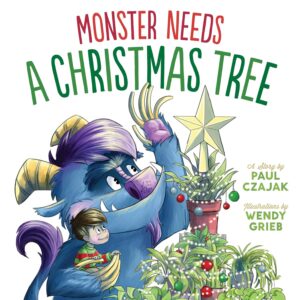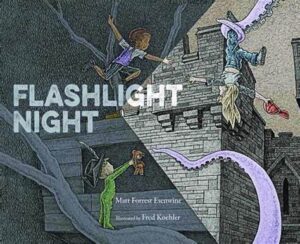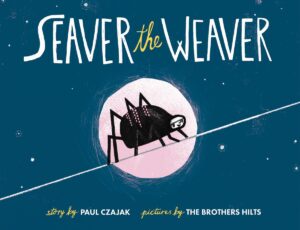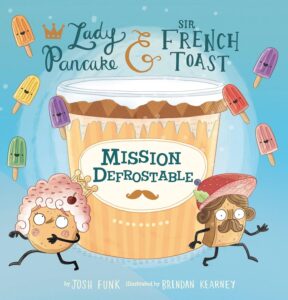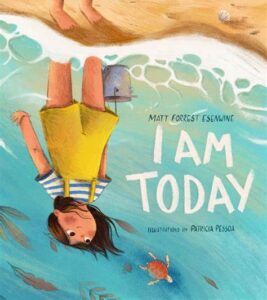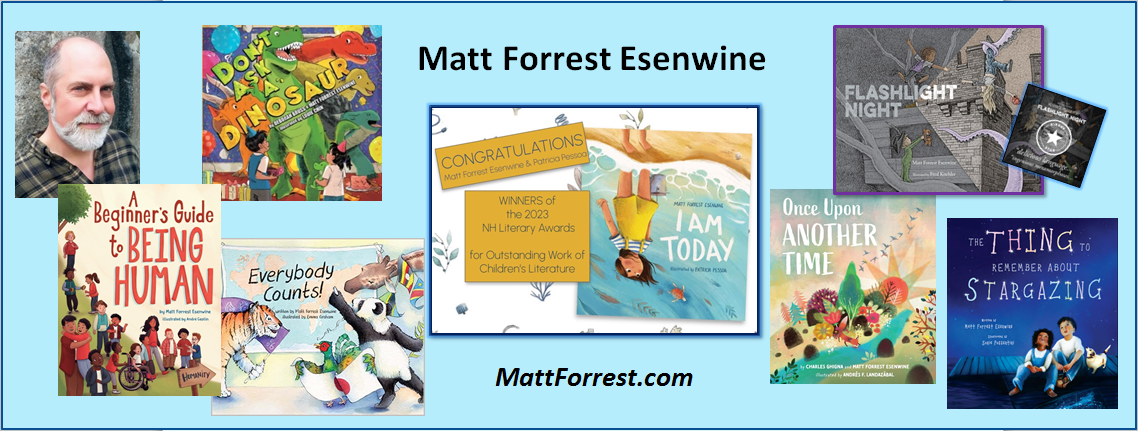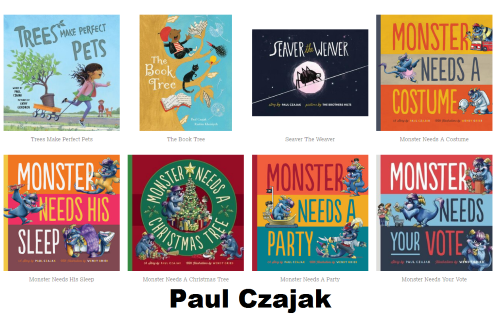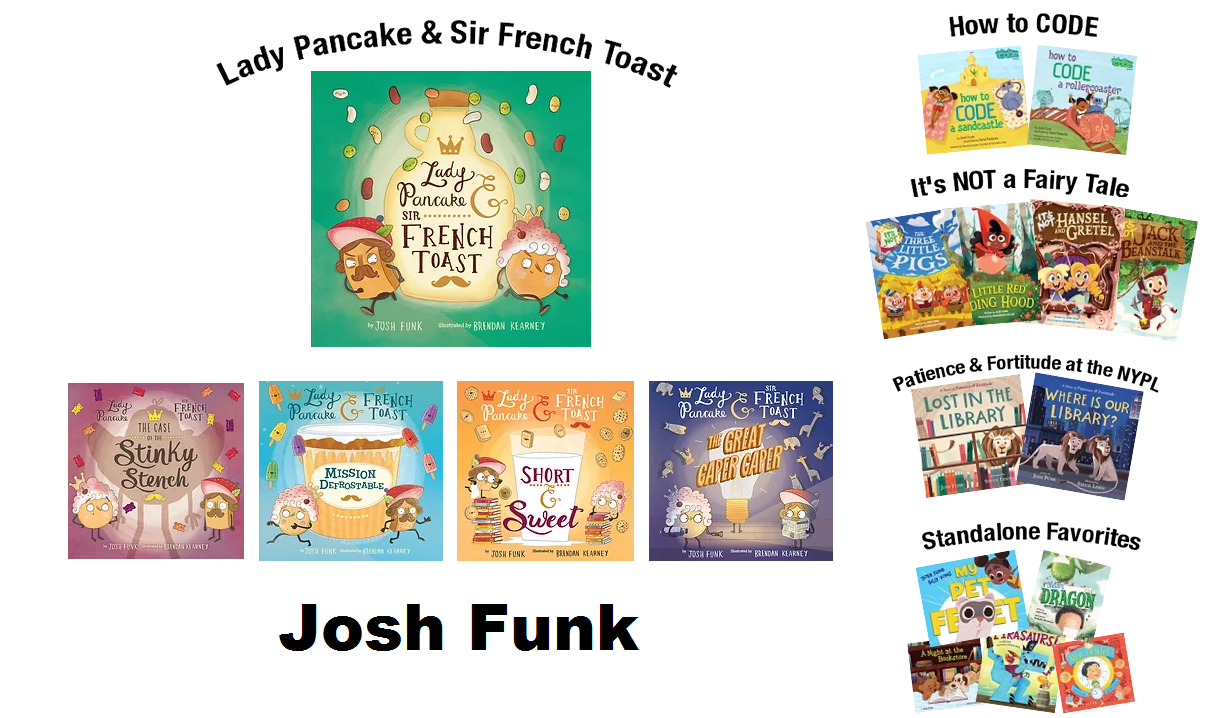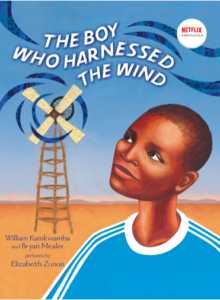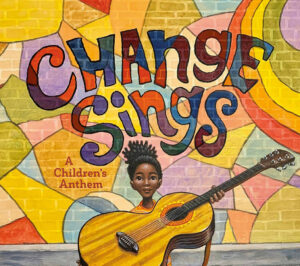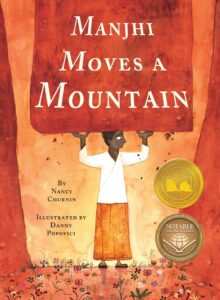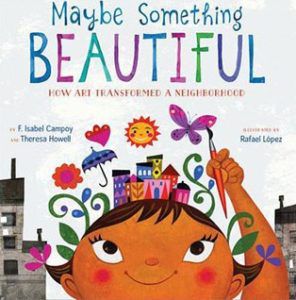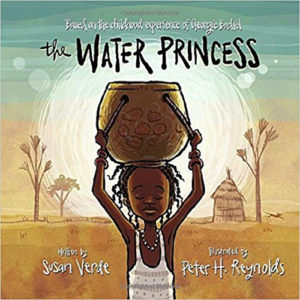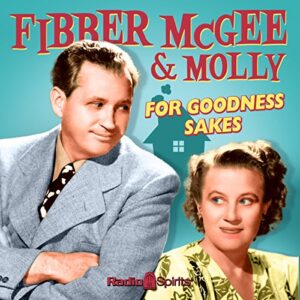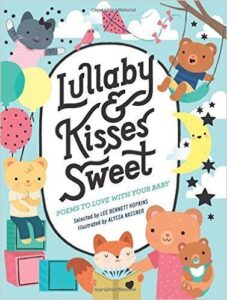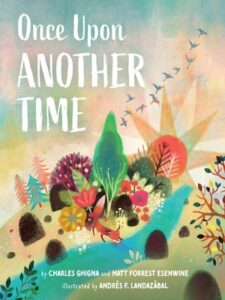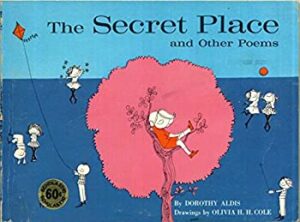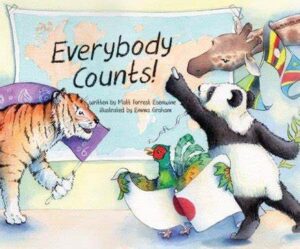
What do we need to know about her before we dive into the interview? Try this!
Kathleen joined Eerdmans in 2009 and has since worked on numerous award-winning titles, including books that have been awarded the Batchelder, the Sibert Medal, and the Caldecott Honor. With a background in English and linguistics, she has a particular love for translated works and nonfiction picture books. She’s drawn to stories that celebrate diversity and thoughtfully address contemporary social issues in ways that feel organic, compelling, and honest. Outside the office, you can usually find Kathleen enjoying the outdoors in Michigan—whether she’s biking, kayaking, camping, or curled up in a hammock with a good book.
With that, let’s jump right into the interview!
RVC: Let’s circle back to the beginning. At what point did you realize you were going to have a career in books?
KM: I’ve been a literature nerd since high school. In college, I was an English major with a linguistics minor and a Latin double major. When you’re an English major, everyone always asks, “What are you going to do with that—teach?” I knew teaching wasn’t for me, but I was interested in publishing. Senior year, one of my professors passed my resume to someone at Eerdmans, where there was an opening in the children’s department. I hadn’t seriously considered a career in children’s literature before, although I’d taken a course on it, but I jumped on the opportunity. I’m so happy I did because I love it and can’t imagine being as happy in any other branch of publishing. Despite the uncertainties, thin margins, and all that, it’s been a great fit.
RVC: Your story is a bit unusual! Most people in the industry hop around different places, but you’ve been with Eerdmans for 15 years. What’s kept you there so long?
KM: I know, it’s rare to stay with one publisher for so long. I love that Eerdmans is based in Michigan, which is my home state, and I like working for a small indie press. The team is great, and the books we publish are unique—quirky international titles, beautifully illustrated works, and thoughtful stories. Being part of a small press means I get to have my hand in everything, which I love. I feel fortunate to have stumbled into this job.
RVC: What does it mean to be an Editorial Director, and what role do you play in submissions at Eerdmans?
KM: We’re a small team. It’s me, our Associate Editor, our Art Director, our Publisher, and the sales and marketing team we share with the rest of the company. In my role, I manage the editorial side of the program, and some parts of the program as a whole.
For submissions—we’re open to unsolicited submissions, and our guidelines can be found on our website. Our Associate Editor does the first read of most of those unsolicited submissions and filters them through. I work on every project we publish, though, whether I take the first read through it or not. (If submissions to us are simply addressed to “Acquisitions Editor,” they’ll find their way where they need to.)
RVC: How many books do you publish per year, and how many submissions do you receive?
KM: We publish around 18 to 20 books a year, with two seasons of about 8 to 10 books each. Over half of those come from international publishers, so we’re looking at just 2 or 3 U.S.-originated books per season. In terms of submissions, I’d estimate we receive about 3 to 6 submissions a day. Out of all those, only a small handful—maybe one every couple of years—makes it from the slush pile into publication.
RVC: What’s the process like for acquiring books from other countries? How does that happen?
KM: A lot of it happens through international book fairs, especially the Bologna Book Fair, which is a major event for children’s publishing. Our publisher attends, and she has about 50 meetings over four days with different agents and publishers. We also receive projects year-round. We’re always on the lookout for publishers around the world who are doing interesting work. A lot of these books happen because of relationships—connections that we create with publishers, agents, or translators whose projects we admire and whose taste we trust.
RVC: You seem to have a soft spot for translated books. What’s the appeal?
KM: I love them because they open up a bigger world. One of the best things children’s books can do is crack open a wider world for young readers, introducing them to new perspectives, experiences, and ways of living. Translated books offer that in spades. And while these books showcase differences, they also highlight our shared humanity. In a world where there’s often fear of the “other,” international book can remind us of powerfully of what connects us all.
RVC: Can you share a book that illustrates this effectively?
 KM: Absolutely! One book we’re publishing is The Cat Way, which is a translation from Swedish that tells the story of a character who goes for a walk each day with their cat. They’re always the one to lead—until one day the cat asks, “Why do you always get to lead?” The next day, the cat leads the way—down paths the human would never have chosen to take. But it turns out there are some beautiful surprises that come with letting go of control. It’s quirky and gorgeous, and I hope it will make readers stop to ponder what life might look like if they’re willing to see things from other perspectives.
KM: Absolutely! One book we’re publishing is The Cat Way, which is a translation from Swedish that tells the story of a character who goes for a walk each day with their cat. They’re always the one to lead—until one day the cat asks, “Why do you always get to lead?” The next day, the cat leads the way—down paths the human would never have chosen to take. But it turns out there are some beautiful surprises that come with letting go of control. It’s quirky and gorgeous, and I hope it will make readers stop to ponder what life might look like if they’re willing to see things from other perspectives.
RVC: Let’s talk about your editorial style. How do you approach working with authors, especially for translated projects?
KM: No matter the project, the editorial process moves from the big to the small. We start with macro edits—overall structure and flow—then move to more granular things like line edits and copy edits. For translated books, we’re usually working with books that have already been published—so those big-picture edits have already been done. We usually can’t change much at that level, though there are exceptions. So for translations most of my work is on the level of line edits and copy edits. For U.S.-originated projects, I’m doing all the different levels of work.
For any book I’m working on, I see my role as a curious, engaged reader. I pay attention to how a text holds my attention, and I look for the places where I’m pulled out of a story because of issues—whether it’s inconsistencies or awkward phrasing or confusing language. I try never to tell an author exactly how to rewrite. At the end of the day, it’s their writing, not mine. But I can ask questions, and offer some potential ways forward—and hopefully in the end the text is stronger than either of us could have found our way to on our own.
RVC: What’s a book you’ve worked on recently that challenged you in unexpected ways?
 KM: Every project has its own set of unique challenges. Maybe the challenge is getting a character’s voice just right, or making sure the pacing doesn’t lag, or figuring out how to translate onomatopoeia or wordplay that works differently in another language. The fact-checking that nonfiction books require always adds an extra layer of complexity, and often sends me down editorial rabbit trails that I might not have anticipated. We spent more than a few hours checking and re-checking several pages of scientific names for Kingdoms of Life. And I know way more about Ediacaran lifeforms than I would have if I hadn’t worked on How the Sea Came to Be!
KM: Every project has its own set of unique challenges. Maybe the challenge is getting a character’s voice just right, or making sure the pacing doesn’t lag, or figuring out how to translate onomatopoeia or wordplay that works differently in another language. The fact-checking that nonfiction books require always adds an extra layer of complexity, and often sends me down editorial rabbit trails that I might not have anticipated. We spent more than a few hours checking and re-checking several pages of scientific names for Kingdoms of Life. And I know way more about Ediacaran lifeforms than I would have if I hadn’t worked on How the Sea Came to Be!
RVC: What was the first picture book you ever worked on?
KM: The first book I remember working on—and then getting to hold in my hands when it arrived from the printer—was a collection of stories about saints, written and illustrated by Ruth Sanderson. We had previously published it and were reformatting it, so I only did some light edits, but I still remember that first time I got to feel the thrill of holding a book I helped make.
 RVC: What was it like working on The Right Word, a Caldecott Honor book?
RVC: What was it like working on The Right Word, a Caldecott Honor book?
KM: It’s still one of my favorite projects. Jen Bryant and Melissa Sweet are brilliant creators and wonderful to work with. Jen and Melissa had worked together on A River of Words before, so they had a strong rapport. The process was very collaborative, with lots of revisions. Peter Mark Roget had a life jam-packed with fascinating details, so we had a lot of work trimming the story down to the core material. There was a lot of back-and-forth, shaping and honing the story and the art, and seeing it come together was just beautiful.
RVC: What do you think of the current state of children’s literature?
KM: I love that the industry has finally recognized the need to reflect the full range of people reading these books. The push for diversity and inclusivity has reshaped books being published—it’s been a long time coming and there’s still so much work to do (especially diversifying the industry itself), but it’s exciting and necessary work. It’s opened the door for a much more interesting range of stories to be told.
At the same time, the rise in book bans is incredibly frustrating. It’s another huge issue in the industry right now. I give credit to authors and publishers for standing their ground and continuing to publish important books despite the challenges, but there’s inevitably some quiet censorship that happens anyway. Educators and librarians are having to be much more cautious about the books they order, and that affects publishers across the board. And so many professionals risk losing their jobs if they dare to speak up. This is a major ongoing challenge that we all have to keep fighting against.
RVC: Since COVID, I’ve always tried to ask a health and wellness question, so here’s yours. What do you do to recharge when you’re not working with books?
KM: Anything that I could do outside. I love backpacking, camping, biking, and oh…I just had the trip of a lifetime!
RVC: Do tell!
KM: My dad grew up in California, and when he was in his early 20s, he backpacked to this one lake in the Sierras a couple times. For as long as I can remember, ever since I was a little kid, I remember him talking about Sky Blue Lake, and my sister and I have always wanted to go back there with him. Last month, we finally made it happen. We went backpacking up in the Sierras with my dad to this place that he’d gone to decades ago, and it was an incredible trip. Our world is staggeringly beautiful, and I love getting the chance to go out and see parts of that.
RVC: What’s one thing you wish literary agents understood better about your job?
KM: How guilty I feel not getting back to them more quickly! I wish that I were able to answer all the emails I get as soon as they land in my inbox, but…you know.…
Thankfully, most people are pretty gracious about that.
RVC: I quite agree. Most agents are terrific. Now, what’s the most common misconception people have about editors?
KM: Sometimes, especially with early-career writers, I notice certain personalities can be very protective of their writing, even threatened by suggestions for change. I get it—it’s tough because this work is their baby, something they’ve spent months or years on. What I often want to gently whisper in their ear is that we’re all on the same side. As an editor, my goal is to help make the best book possible and ensure it finds success in the world. I’m human and fallible, and I have limited time, which brings certain restrictions, but at the end of the day, my aim is the same as theirs: to create the best book we can.
RVC: What’s the most important thing people should know about Eerdmans?
KM: We’re small, we’re independent, and having such a small list means we’re deeply invested in every book we publish. Bigger publishers have their A, B, and C lists, where only the top books might really get much focus. But since we only publish 8 to 10 books a season, they all have to be good, and they’re all very important to who we are. We tend to keep books in print for a long time. We’re committed to taking on projects that really stand out, and doing them justice by making the highest-quality books we can.
RVC: Complete the following sentence: “Kathleen Merz is an editor who…”
KM:…is very passionate about the books I work on. I love the chance to continue learning and discovering stories I didn’t even know were out there.
RVC: It’s brag time! What are some forthcoming books you’re excited about?
 KM: One book from our Spring 2025 list that I’m particularly excited about is A Universe of Rainbows, a poetry anthology by Matt Forrest Esenwine, illustrated by Jamey Christoph. It’s gorgeous and explores all the different ways rainbows appear around the planet—the rainbows in the sky you think of first, of course, but also rainbows in rivers and hot springs and mountains and plants and animals. It’s a wonderful cross-section of our planet’s beauty, and along with the poems there are sidebars and back matter full of information for kids to dive into.
KM: One book from our Spring 2025 list that I’m particularly excited about is A Universe of Rainbows, a poetry anthology by Matt Forrest Esenwine, illustrated by Jamey Christoph. It’s gorgeous and explores all the different ways rainbows appear around the planet—the rainbows in the sky you think of first, of course, but also rainbows in rivers and hot springs and mountains and plants and animals. It’s a wonderful cross-section of our planet’s beauty, and along with the poems there are sidebars and back matter full of information for kids to dive into.
 The rest of the Spring 2025 list is fantastic too. A few highlights: We’ve got a sly detective/murder mystery picture book (Ramon Fellini the Dog Detective). We’ve got a story about refugees that uses the imagery of knitting—and plenty of yarn in the art—to describe what it’s like for a life to unravel and need to be knitted back together (Thread by Thread). And we’ve got a book about a dog who whose energetic personality keeps him from being adopted, until he finds the perfect fit working as a conservation dog (Trouble Dog).
The rest of the Spring 2025 list is fantastic too. A few highlights: We’ve got a sly detective/murder mystery picture book (Ramon Fellini the Dog Detective). We’ve got a story about refugees that uses the imagery of knitting—and plenty of yarn in the art—to describe what it’s like for a life to unravel and need to be knitted back together (Thread by Thread). And we’ve got a book about a dog who whose energetic personality keeps him from being adopted, until he finds the perfect fit working as a conservation dog (Trouble Dog).
RVC: Okay, it’s time for the speed round now. Fast questions and speedy answers, please. Are you ready?
KM. Sure!
RVC: If you could only have one app on your phone, what would it be?
KM: Maps–definitely.
RVC: What movie quote do you use on a regular basis?
KM: Probably Monty Python and the Holy Grail: “And there was much rejoicing.”
RVC: What makes your eyes roll every time you hear it?
KM: Business jargon—like when people say, “I don’t think we have the bandwidth for that.” I cringe even when I catch myself using it!
RVC: Five things you couldn’t do your job without?
KM: Tea, curiosity, a thesaurus, my floofy cat colleague, Misha, and a good walk to clear my head when I’ve been staring at a computer screen too long.
RVC: What’s a picture book from the past year that didn’t get its due?
 KM: So many great possibilities. But I’ll mention John the Skeleton. It actually just came out this month, so maybe it will get its due—but I’m going to guess that even still many of your readers may not come across it. It’s a translation from Estonian about a retired classroom skeleton who goes to live with an elderly couple on their farm. We actually looked at this one a few years ago, and I’m so glad that it’s been published in English. It’s delightfully strange—and also funny and tender and profound.
KM: So many great possibilities. But I’ll mention John the Skeleton. It actually just came out this month, so maybe it will get its due—but I’m going to guess that even still many of your readers may not come across it. It’s a translation from Estonian about a retired classroom skeleton who goes to live with an elderly couple on their farm. We actually looked at this one a few years ago, and I’m so glad that it’s been published in English. It’s delightfully strange—and also funny and tender and profound.
RVC: If you had a dream picture book tea party with three other picture book people–authors, illustrators, or characters from picture books–who would it be?
KM: I’ll go with three creators I think are brilliant (as long as they don’t mind me spending the tea party pestering them with questions): Sydney Smith, Christian Robinson, and Candace Fleming. I’ll also say that I’ve had tea with Melissa Sweet, and it was an absolute delight—so she’s got a standing invite to any tea party I’d throw, too.
RVC: What’s the best compliment a kid ever gave about a book you worked on?
 KM: Not a compliment from a kid, per se, but the reaction that comes to mind first is something that a school librarian told one of my colleagues at a conference. We recently published a book called A Star Shines Through. The author is Russian, and when Putin invaded Ukraine, she and her family fled, leaving their apartment behind and moving to Israel, and later to Montenegro. The book comes from that experience—it’s about a mother and daughter fleeing their home because of war and settling in a new, unfamiliar place. Everything feels foreign to them: the food, the language, the buildings. In their old home, they had a star-shaped lamp in the window, and one day in the new place, the mom brings home the makings of a new star lamp. They create it together, finding a small way to make the new place feel like home.
KM: Not a compliment from a kid, per se, but the reaction that comes to mind first is something that a school librarian told one of my colleagues at a conference. We recently published a book called A Star Shines Through. The author is Russian, and when Putin invaded Ukraine, she and her family fled, leaving their apartment behind and moving to Israel, and later to Montenegro. The book comes from that experience—it’s about a mother and daughter fleeing their home because of war and settling in a new, unfamiliar place. Everything feels foreign to them: the food, the language, the buildings. In their old home, they had a star-shaped lamp in the window, and one day in the new place, the mom brings home the makings of a new star lamp. They create it together, finding a small way to make the new place feel like home.
What the librarian told my colleague was that he knew exactly the kid he wanted to share the book with: a refugee student of his who was struggling to make a home in an unfamiliar city, and had started coming to the library because it felt like a safe space. There’s no better compliment and no better reason we do what we do than hearing that someone has the perfect child in mind for a book. That’s why we do it.
RVC: Great answer. Thanks so much for your time, Kathleen!



 Paul, on getting into the industry: “You get this idea, you have no idea what to do with it…but I did hook up with a critique group…and they were the ones who hooked me up with
Paul, on getting into the industry: “You get this idea, you have no idea what to do with it…but I did hook up with a critique group…and they were the ones who hooked me up with 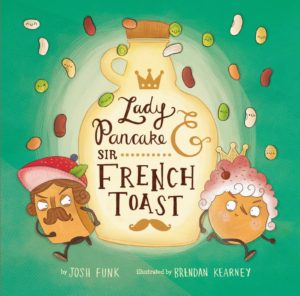
 Josh, on landing his long-time agent: “I was fortunate that I had a bunch of things all come together at once. It was after that
Josh, on landing his long-time agent: “I was fortunate that I had a bunch of things all come together at once. It was after that 